The beautiful Padua, also known as the city of stars and of the "three without", is located in the Veneto region, a short distance from the more famous Venice. City of stars because it was during his stay in Padua that the great astronomer and physicist Galileo Galilei spent the most fruitful years for his studies. He would later recall his time in Padua as "the best eighteen years of my whole life”.
Here are our tips to visit Padova like a local.
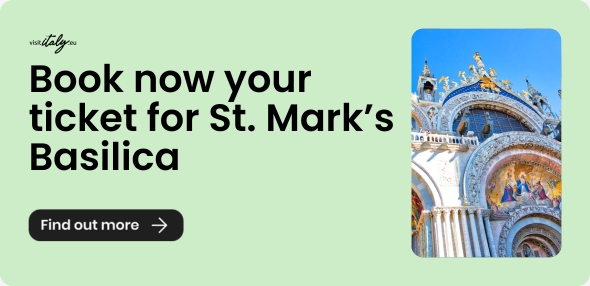
What to do in Padova like a local

Speaking of stars, how can we not mention Giotto's starry skies. In 2021, the site "Padua's 14th-century fresco cycles", located within the city walls, was inscribed on the UNESCO World Heritage List. The site includes 8 religious buildings and monumental complexes, including the famous Scrovegni Chapel, inside which we also find the starry vault frescoed by Giotto.
Padua is also a great university city, hosting students from all over Italy and beyond! We have collected for you the 10 things to do in Padua to enjoy the city like a true local: from the most beautiful parks in which to relax to the university nightlife spots.
10. Padova like a local: shopping at the Prato della Valle market on Saturdays
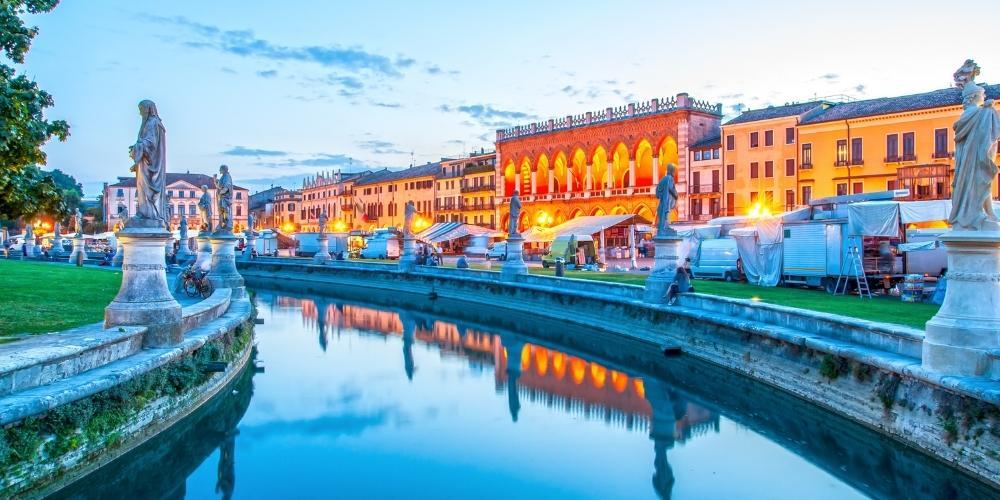
Every Saturday, Padua's largest square, Prato della Valle, fills with almost 200 stalls selling clothing and shoes, fruit and vegetables, and even plants, flowers and wickerwork.
The square populates with locals and non locals looking for great bargains or those who simply want to enjoy a Saturday in the heart of their city. Wading through the crowds and stalls of Parto della Valle will make you feel part of the city, an experience to be had at least once if you spend a Saturday in the beautiful city of Padua. The market is open in winter from 8:00 to 19:00 and in summer from 8:00 to 20:00.
9. Having a picnic on the grass in one of Padova's biggest parks
On a sunny day, why not enjoy a delicious picnic on the grass in one of the city's most beautiful parks? First and foremost, Prato della Valle. This is where Paduans, especially in fine weather, spend long afternoons in company, stretched out on the grass that covers part of the square.
Another popular park among young Paduans are the Arena Gardens, restored to their former glory after years of neglect. There are also numerous food stands in the park.
A final park where you can have a picnic with friends is Parco Milcovich, in the Arcella district. This park will be a special destination for a true local as it is well off the tourist routes.
8. The aperitif: spritz and tramezzini
When the aperitif hour (which in Padua is actually at any time of the day) arrives, head to Piazza delle Erbe, Piazza della Frutta or Piazza dei Signori for an authentic Paduan aperitif: spritz and tramezzini.
In this area of Padua, the one surrounding the Palazzo della Ragione, you will find several historic bars offering the best tramezzini in town, in a wide range of flavours. The aperitif here will not only be good for the palate but also good for the eyes. The squares surrounding the Palazzo della Ragione are among the most beautiful in the city.
7. Strolling in the former Jewish ghetto of Padua
To the south of Piazza delle Erbe there is a labyrinth of cobbled alleyways that form the Jewish Ghetto, in operation since 1603 and abolished in 1797. The former Jewish Ghetto is one of the most pleasant and lively places in the historical centre of Padua.
Strolling through the narrow streets of this medieval quarter, animated by craft shops and pubs, you can spend a pleasant afternoon or morning among interesting and characteristic shops and locals.
This part of the city is characterised by the presence of numerous art shops, antique prints and books, original vintage fashion shops, as well as many clubs, wine bars, pubs, and a few traditional taverns and restaurants.
6. Eating an excellent plate of bigoli
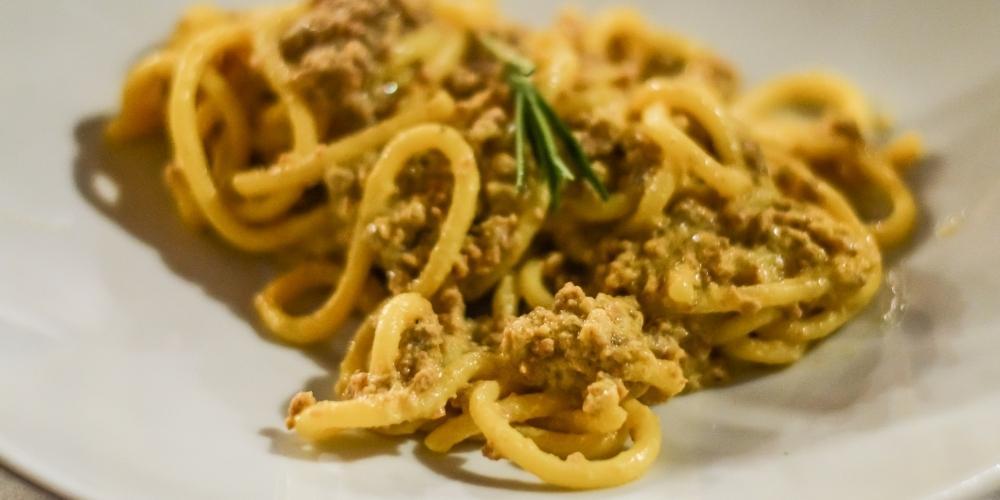
Speaking of traditional restaurants, tasting an excellent dish of bigoli is a must when visiting Padua.
Bigoli are a type of long pasta, similar to a large spaghetti, originating in the Veneto region and made in the original recipe using a pasta press. The typical sauce would be duck or hare ragout, but you can also try them with sardines or wild boar sauce. To complete the perfect meal, add a nice glass of rabosello.
5. Hunting for murals: street art in Padua
The art you will find in Padua is not only that of its frescoes. Among the experiences not to be missed to really get to know Padua outside the classic tourist itineraries, there is obviously also the street art tour. Over the years, there have been numerous works of urban art that artists from all over the world have created on the city's walls.
First and foremost is certainly Kenny Random, a street artist of Padua origin, whose works have been adding colour to the city's walls since the 1980s. His most famous murals depict the black silhouette of a man in a top hat; some of his most famous works can be found in Via Roma, Via Sauro, Via Sant'Agnese, Via Vescovado, Piazza Castello and the Arcella district.
4. The University Wednesday
In Padua, "University Wednesday" is a not-to-be-missed event, the evening when on- and off-site students invade the centre.
The centre of the university nightlife is undoubtedly Portello, located at the meeting point of via Belzoni and via Ognissanti. This area, once one of the most popular and animated in Padua, maintains its liveliness thanks to its proximity to the University Institutes that have transformed it into a true university citadel.
Before leaving Padua, you certainly cannot miss a real Padua-style party!
3. Tasting the local coffee
One thing you must absolutely try in Padua is coffee. The local variant is as whimsical and creative as the place where it was first proposed.
It's a product of Caffè Pedrocchi, a historic landmark in the city that has been around for almost two centuries. The café has served notable clientele such as Stendhal, De Musset and D'Annunzio.
Padua coffee is made with espresso, cream, bitter cocoa and mint. It is precisely this last ingredient that makes it so special to the palate.
Served in a cappuccino cup, it requires no sugar, but you can't go wrong: no one will provide a spoon with it! It's a perfect gourmand break with a retro flavour that you won't forget. Be sure to give it a try!
2. Taking a trip to the Brenta Riviera
A holiday in Padua is the ideal opportunity to discover an area rich in history and scenic beauty like Riviera del Brenta.
It's easy to see why it was a favourite among wealthy Venetian families, who had elegant holiday residences built along the canal that connected Padua to Venice between the 16th and 17th centuries.
The Riviera del Brenta is home to numerous historic villas, gardens, and monumental parks. Among the most stunning is Villa Pisani, where you can admire Tiepolo's frescoes and wander through the maze of hedges in the park outside. Villa Widmann is another masterpiece of Rococo architecture, while Villa Foscari, also known as Malcontenta, has a fascinating history involving a noblewoman banished here for committing adultery.
Also, you can come across the extremely picturesque town of Dolo, with its mills, gondola boatyard and one of the highest bell towers in the region (second only to that of St. Mark's Basilica).
Find more about a day trip to Riviera del Brenta1. Discovering a hidden Venetian corner
From the San Gregorio Barbarigo bridge, you can enjoy an unusual and romantic vantage point over Padua and admire the spectacle of the artificial canal that runs through Padua's palazzi. It's the perfect spot to snap some breathtaking photos and capture the essence of Padua's beauty.
This quiet, Venice-like corner offers a glimpse into the city's picturesque charm. It's not very well known or popular with tourists (also because of the lack of signs), but we highly recommend you visit to experience its magic atmosphere.
As for the true Venice, you can reach it in about half an hour by car or train. Just make sure you have your Venice Pass.
Find more about Venice PassAbout the author
Written on 20/01/2024

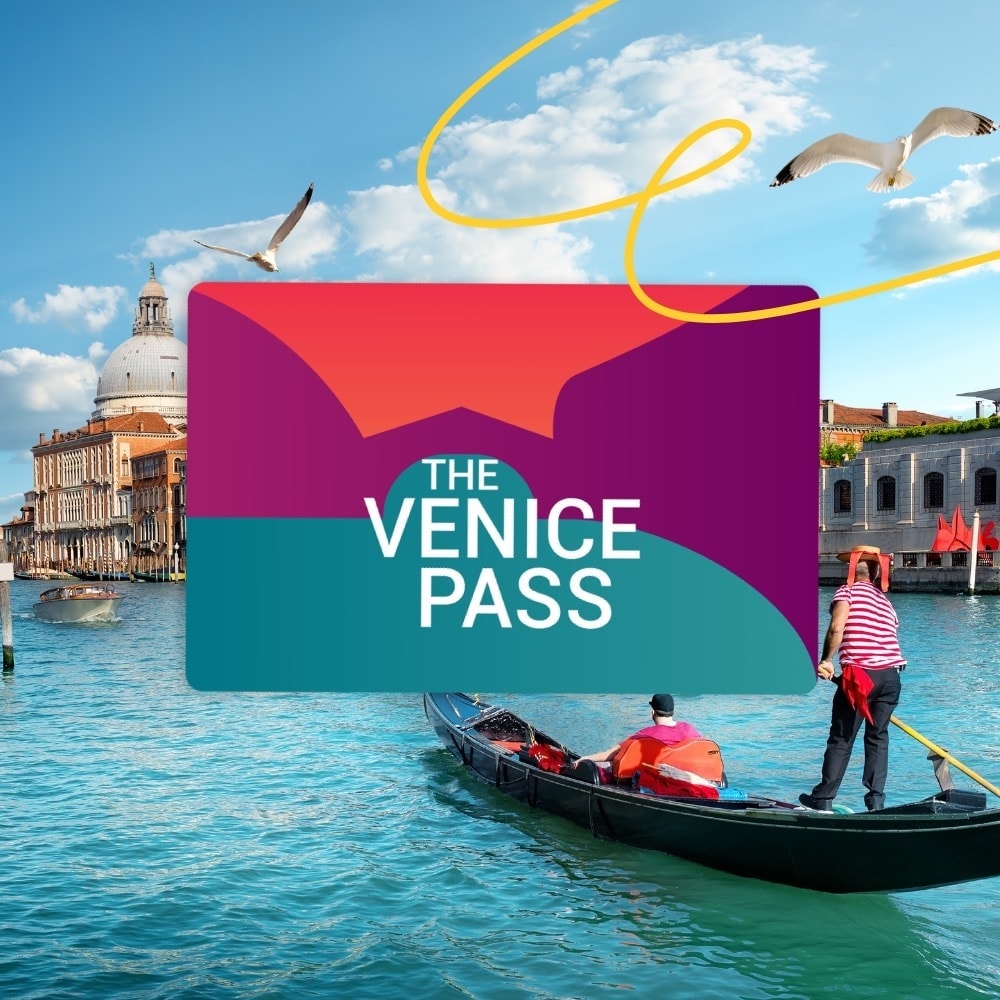
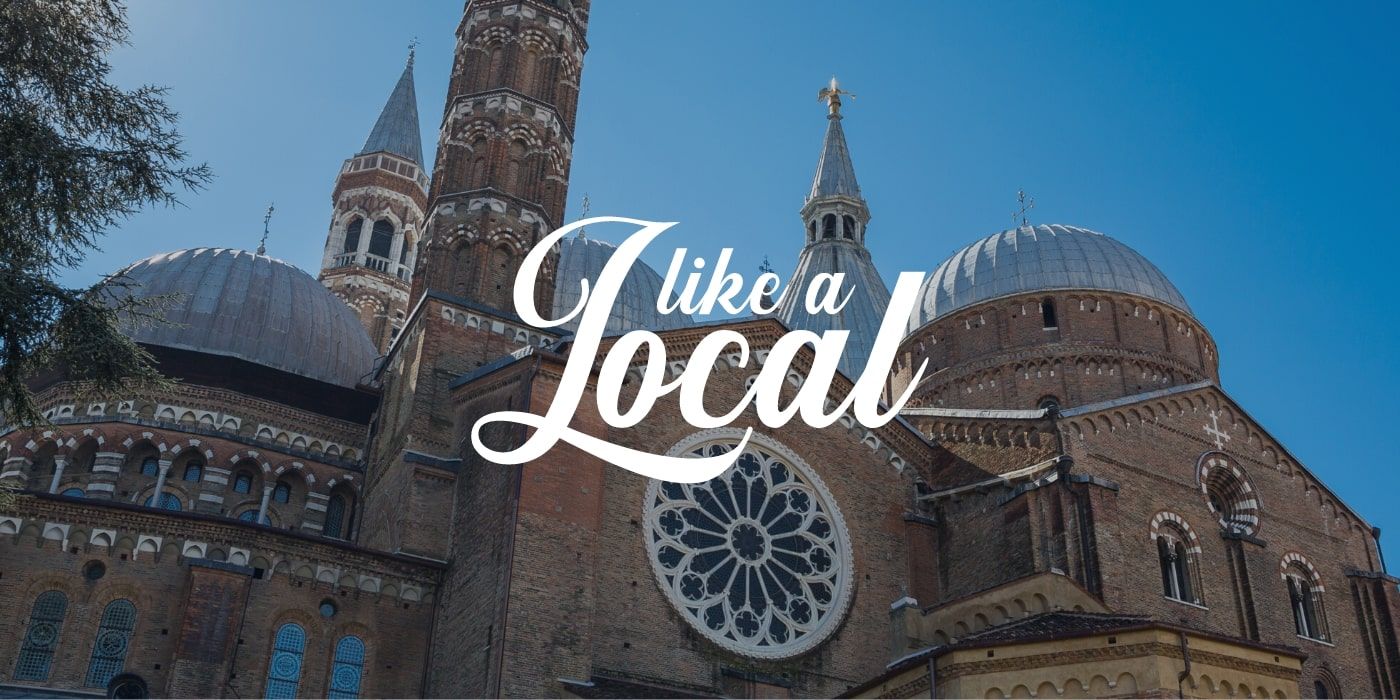

Sara Celin
Do you want to visit Padua like a local? Discover the 10 things to do to experience the city like a true Paduan.